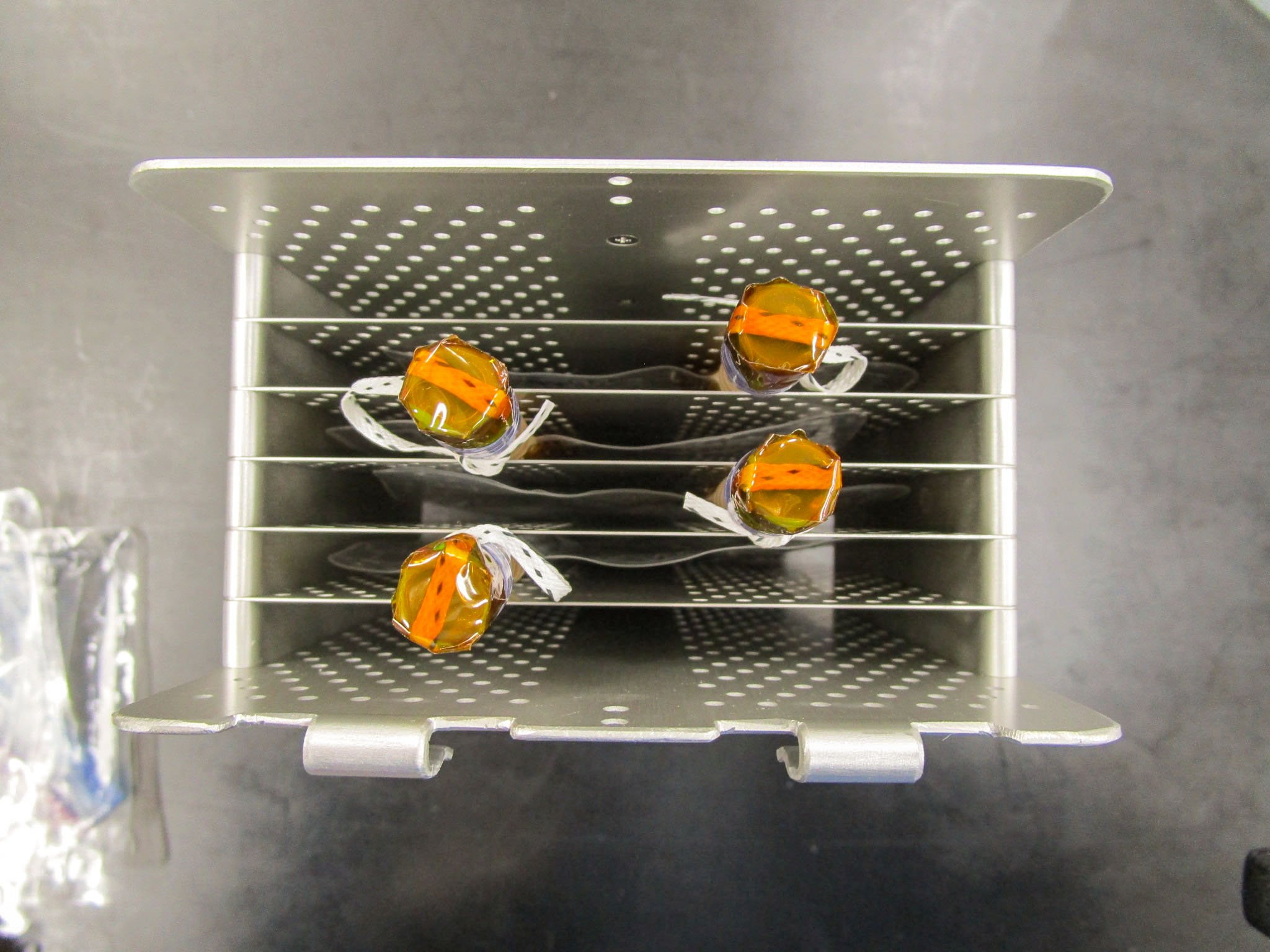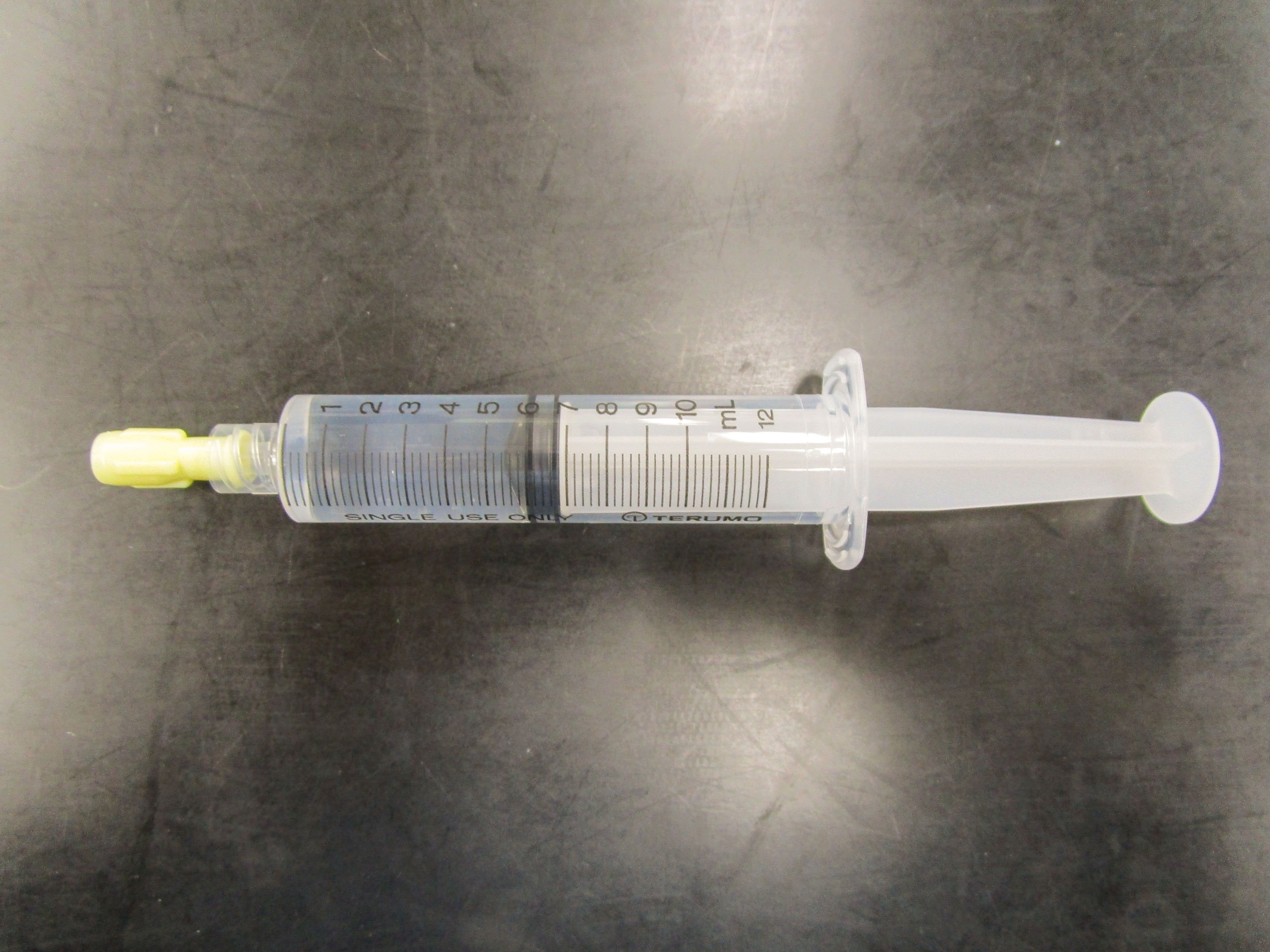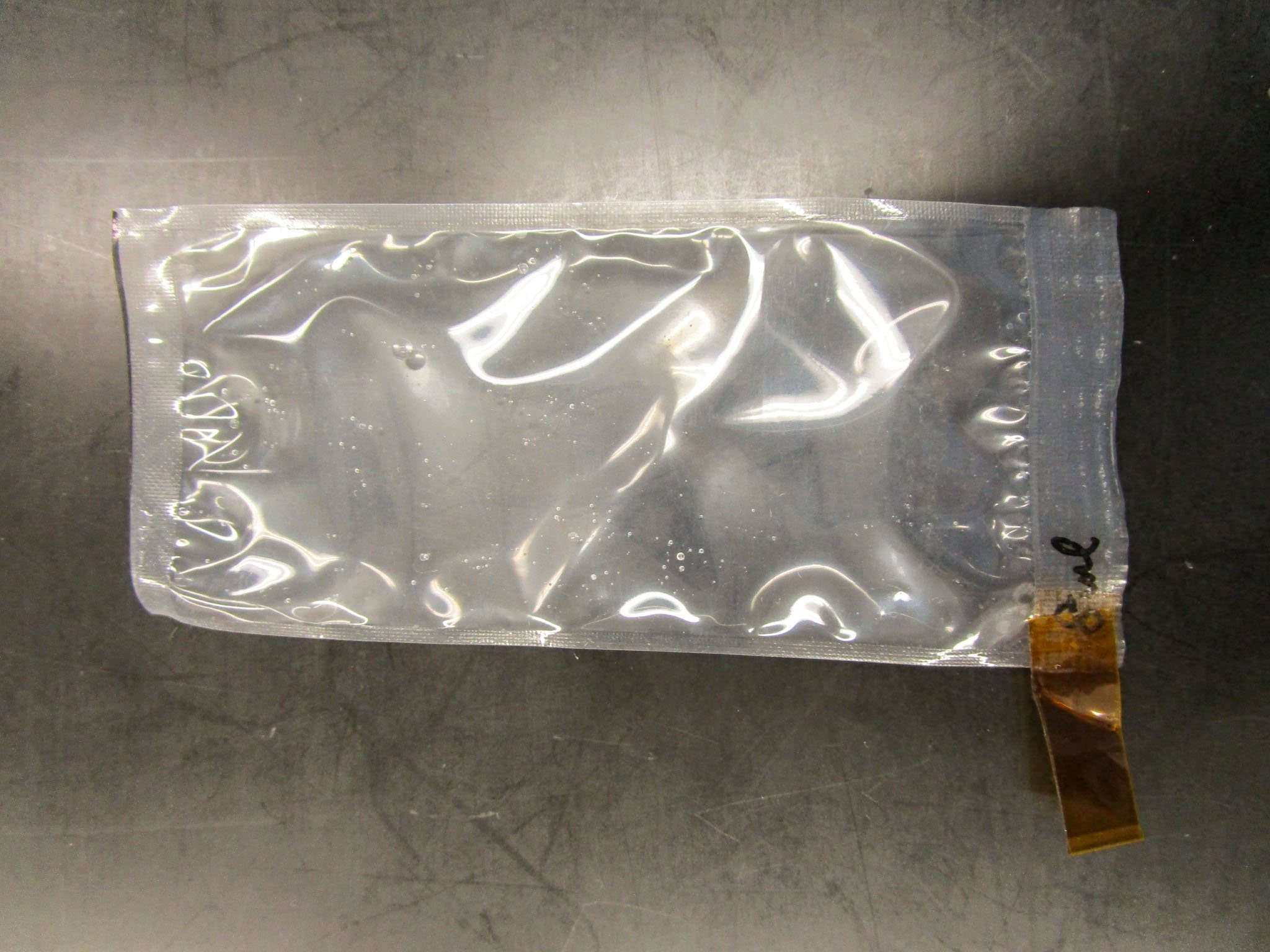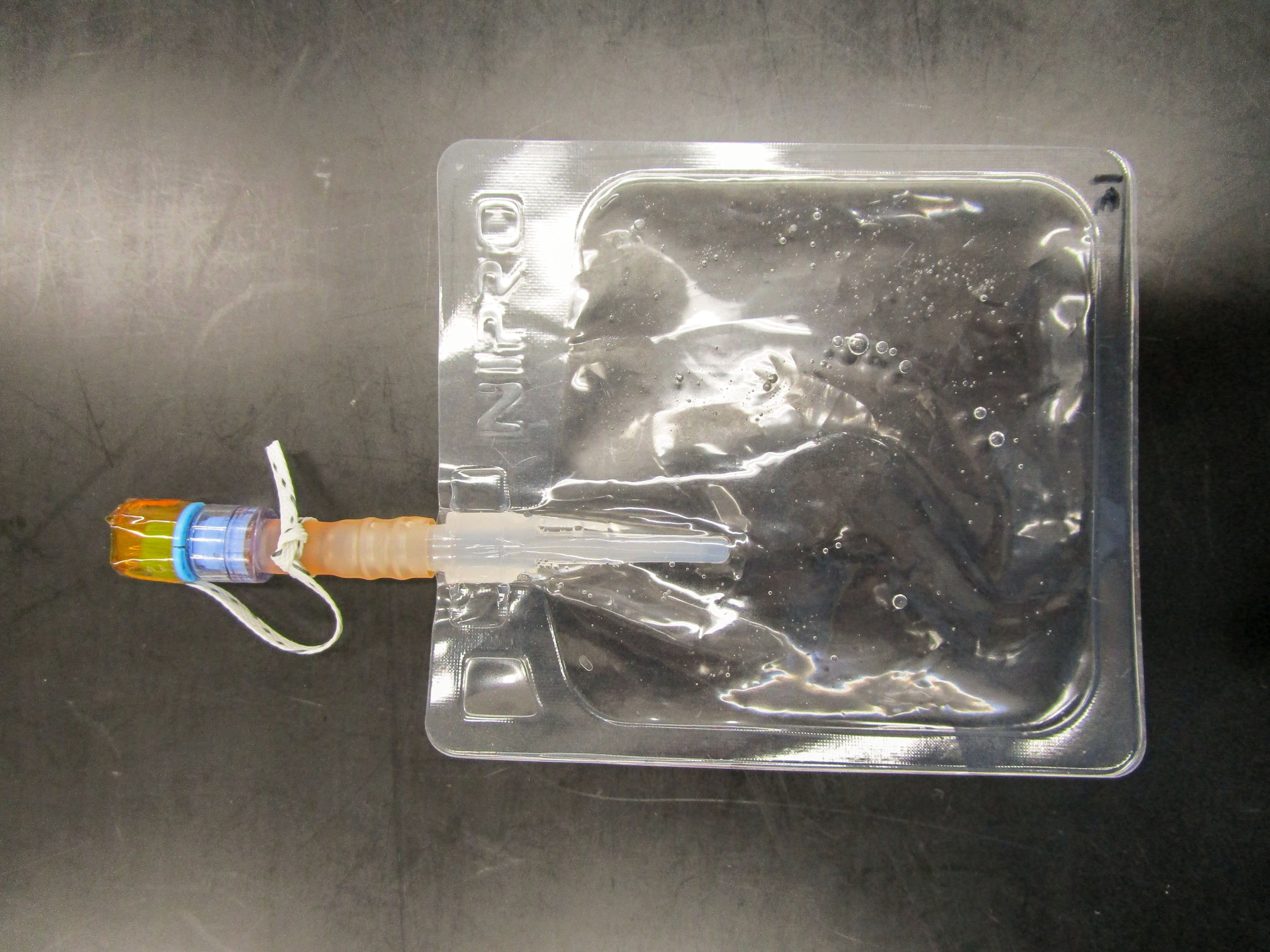- post-flight analysis
[Neural Integration System]
Effect of space enviromnent on aging of the model animal C. elegans.
- Biology and Biotechnology
ISS Science for Everyone
SCIENCE OBJECTIVES FOR EVERYONE
Effect of the Space Environment on the Neural Integration System and Aging of the Model Animal C. elegans (Neural Integration System) uses this nematode to examine how microgravity affects the nervous system. Previous space experiments have shown that C. elegans experiences muscle atrophy and reduced motor activity and metabolism in microgravity. Research also has shown that space can affect the nervous system, and neural networks may transmit the effects of microgravity throughout the body. Results could support development of countermeasures to protect crew members on future space missions and contribute to better health for Earth’s aging population.
Experiment Description
RESEARCH OVERVIEW
- Long-duration exposure to the microgravity environment causes effects in the body that resemble aging-related diseases. The objective of the Effect of the Space Environment on the Neural Integration System and Aging of the Model Animal C. elegans (Neural Integration System) investigation is to provide a clearer insight into the mechanism of occurrences of these phenomena, contribute to the maintenance of health in a super-aging society, and to the long-term stay and future activities of humankind in space exploration missions.
- Previous experiments have shown that microgravity affects the nervous system via dopamine in C. elegans. These effects, which can result in muscle atrophy, reduced motor activity, metabolism, and immune system deficiencies are to be analyzed. Molecular biological approaches integrated with microscopic imaging contribute to a understanding of these phenomena.
- The effects of the microgravity environment are similar to various problems of bedridden and elderly people, such as: bone and muscle atrophy, and metabolic dysfunction. It is believed that this investigation can help to make clear the molecular sources that are responsible for a variety of diseases caused by unloading, such as long-duration space habitation, and aging-related diseases from a neurological point of view.
DESCRIPTION
Long-term unloading in the space microgravity environment causes bone and muscle atrophy. Previous space experiments on nematodes, and Russian experiments on mice, have also shown that long-term stays in space may have a negative effect on dopamine neurons. Dopamine is a neurotransmitter responsible for motivation, emotion, learning and control in locomotion, and its decline is also a cause of Parkinson's disease. In addition, aging is also a serious risk factor for Parkinson's disease, and it is known to exhibit further exacerbation of symptoms in combination with aging-associated locomotive syndrome.
In the Effect of the Space Environment on the Neural Integration System and Aging of the Model Animal C. elegans (Neural Integration System) investigation, the nematode C. elegans is used to elucidate the synergistic effects of dopamine reduction, aging-related movement disfunction, and the mechanism of dopamine reduction in the microgravity environment of space from a genetic and physiological point of view. This investigation also evaluates the neurodegeneration associated with long-duration stays in space and aging through visualization of neural networks, including dopaminergic nerves.
Media Gallery




Applications
SPACE APPLICATIONS
A better understanding of how microgravity affects the neural network system could support development of countermeasures to potential negative effects and help maintain human health and well-being on future space missions.
EARTH APPLICATIONS
Changes caused by microgravity resemble diseases related to aging on Earth.This study could provide scientific insight to help overcome such diseases, improving quality of life for people on Earth. Results also could contribute to development of ways to mitigate neuromuscular dysfunctions such as Parkinson’s disease.
Operations
OPERATIONAL REQUIREMENTS AND PROTOCOLS
Two groups of nematode/ E. coli/ Enterobacter cloacae samples are transported from Earth to the International Space Station.
- Group 1: This group is launched at 12°C. After the samples arrive at the space station, the sample is placed in the Cell Biology Experiment Facility (CBEF) (8 bags in μG section and 8 bags in 1G section) and culturing starts at 20°C on Day 1. On Day 4 of the investigation, all bags are taken out from the CBEF. A half volume of culture medium in the bag is removed by syringe, and fresh medium is added in each bag. The bags are installed in the CBEF again, and the nematodes are continuously cultured. The removed medium is mixed with fixatives by syringe, and the bags are placed into the Minus Eighty Laboratory Freezer for ISS (MELFI) at +4°C. On Day 13, all bags are retrieved from the CBEF. A half volume of medium in each bag removed by syringe is mixed with fixatives, and the bags are stowed in the MELFI at +4°C. For the remaining bags, another half of the removed medium is directly stowed in the MELFI at -95°C.
- Group 2: This group (18 bags for imaging and freezing, 12 bags for freezing only) is launched at room temperature. After the samples arrive at the space station, the bags for imaging are placed on the confocal microscope (COSMIC), and the locomotion of the nematodes is observed. After observation, all bags are stowed in the MELFI at -95°C.
Publications
PRINCIPAL INVESTIGATOR(S)
HIGASHITANI Atsushi [Tohoku University]
Unless specified otherwise, rights to all images belong to ©JAXA



